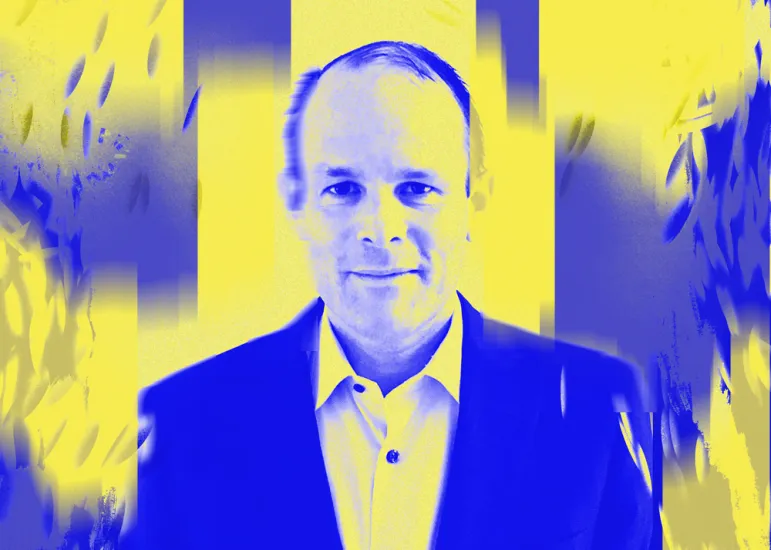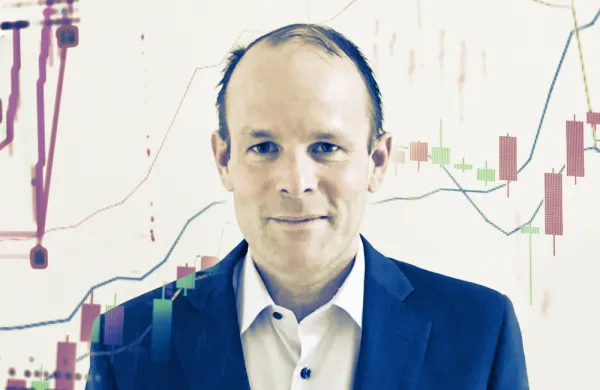For TIFF Investment Management, allocating capital to actively managed strategies paid off in 2020.
“Active has had a great year, at least in our portfolios,” said Kane Brenan, chief executive officer of the non-profit outsourced chief investment officer firm, in a phone interview. “This is after 10 to 15 years of people saying passive is the only way to invest.”
For years, passive investing, or a strategy by which allocators invest using indexes rather than asset and manager selection, has been favored for low cost, consistently strong performance. Actively managed portfolio performance has been mixed in 2020 — but for TIFF, it paid off.
Through the end of November, TIFF’s Comprehensive Endowment Strategy Composite outperformed its benchmark by 3.8 percent, a spokesperson said via email Monday. The benchmark passive index includes a 65 percent allocation to the MSCI All Country World Index and a 35 percent allocation to the Bloomberg Barclays US Aggregate Bond Index.
This number does not reflect the most up-to-date private investment figures, given the lag in reporting, the spokesperson said. They added that TIFF expects the performance figures to be higher because of this lag.
“There’s been a narrative in the marketplace that active management is not a great use of time,” Brenan said. However, he added, there is a way to do it “appropriately.” TIFF does so by using concentrated portfolios and allocating to boutique asset managers, among other strategies.
TIFF also has an emerging manager program focused on investing in newer investment managers. "We have found in some asset classes, the smaller and earlier stage managers tend to have the best performance,” Brenan said.
According to Brenan, the markets have been “tumultuous” in 2020. Volatility is high, while outperformance has rotated between strategies, sectors, geographies, and company size, he noted.
In October, passive and active equity strategies saw significant outflows, but investors withdrew three times as much capital from actively managed funds, Institutional Investor previously reported.
The average active traditional equity fund returned 7.75 percent in the third quarter, according to data from eVestment, but is still down 0.55 percent for the year.
The difference between the best and worst-performing firms for the year is large, the data tracker found. In the first quarter, the difference between the top decile and bottom decile performers was just over 20 percentage points — the largest dispersion since 2001. During the third quarter, this decreased to “similar levels to what has occurred periodically over the last several years,” according to eVestment.
[II Deep Dive: How TIFF’s New President Started a New Job Amid a Pandemic]
Brenan noted that sometimes members of client investment committees worry about investing in active strategies, citing concerns about costs and performance. But the market conditions have made it clear, in Brenan’s eyes, that an active strategy can be useful.
“I do think most committees get that interest rates are lower now than they’ve ever been and that equity prices are pretty full,” Brenan said. “Getting your needed returns solely from market betas may be harder than it has been.”
With interest rates persistently low, TIFF has taken a new approach to invest in fixed income. The OCIO firm’s fixed-income investments are shorter duration than its benchmarks in the asset class, and the firm has been looking to hedge funds and high dividend stocks for yield.
But fixed income’s negative correlation to equities is still missing from this strategy, Brenan said. In the past, when equity prices fell, bonds surged.
“There's less opportunity for that to happen today,” Brenan said. "Every single asset allocator in the world is trying to figure out: How do I replace what used to be diversification exposure?” He added that TIFF has been using hedges like low-priced puts to solve this issue.







